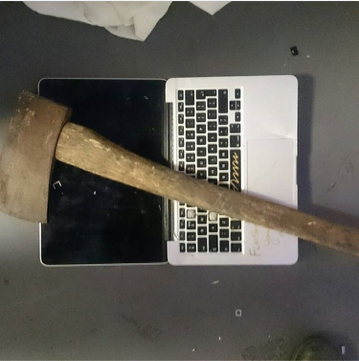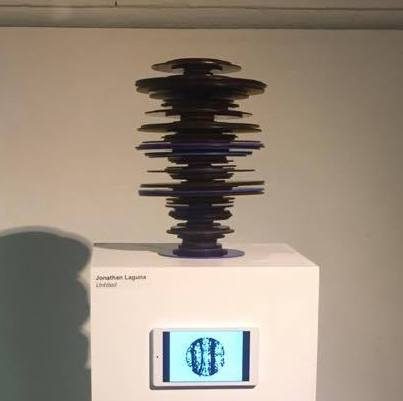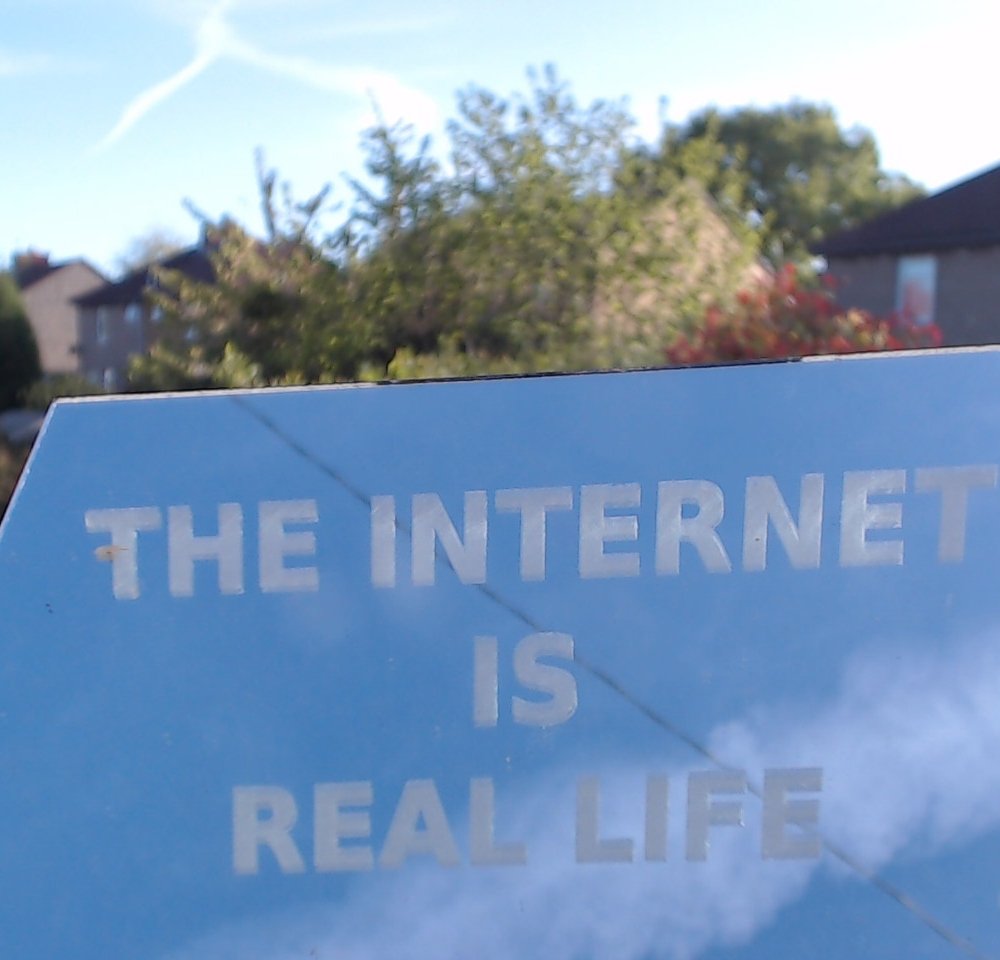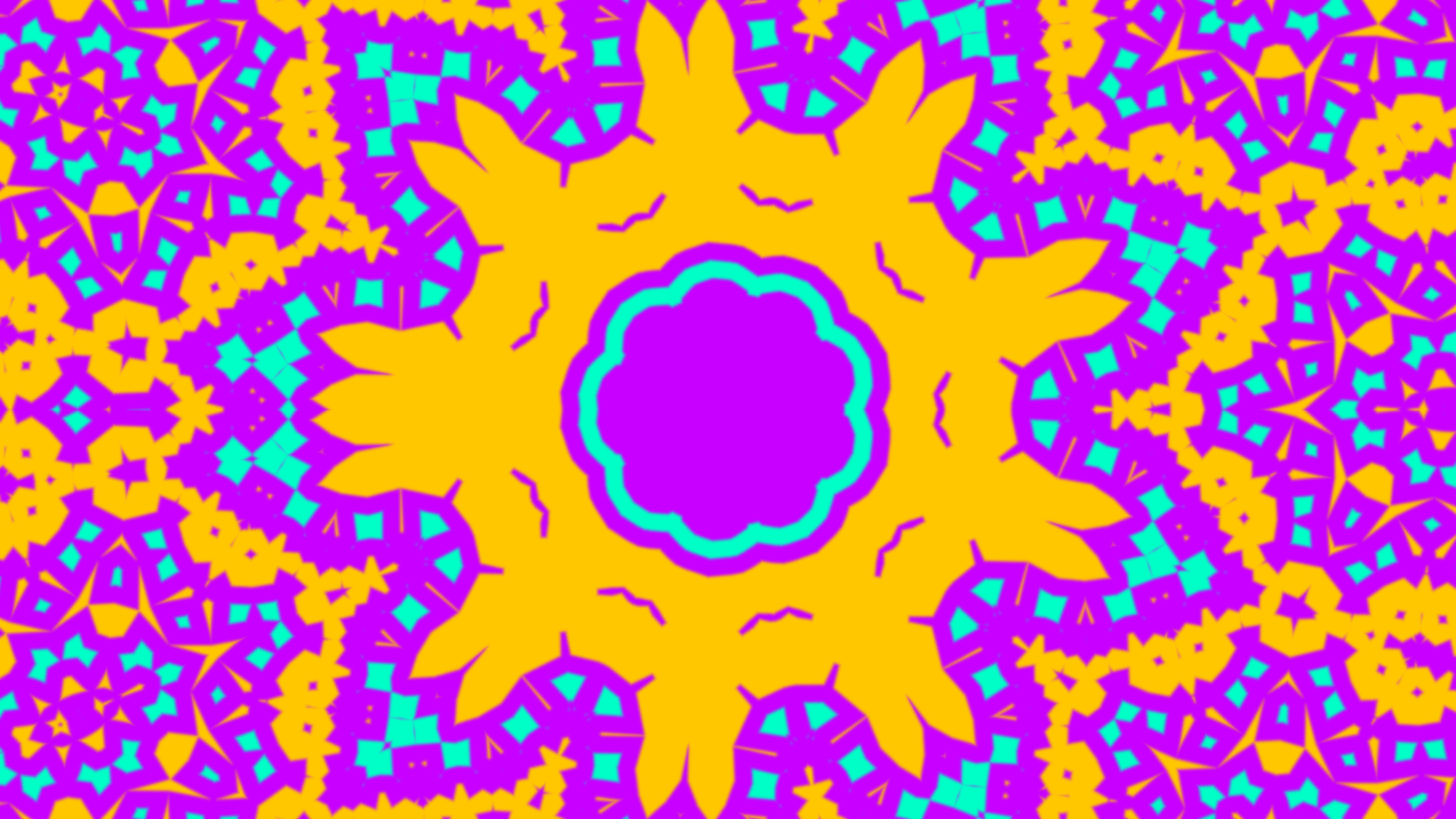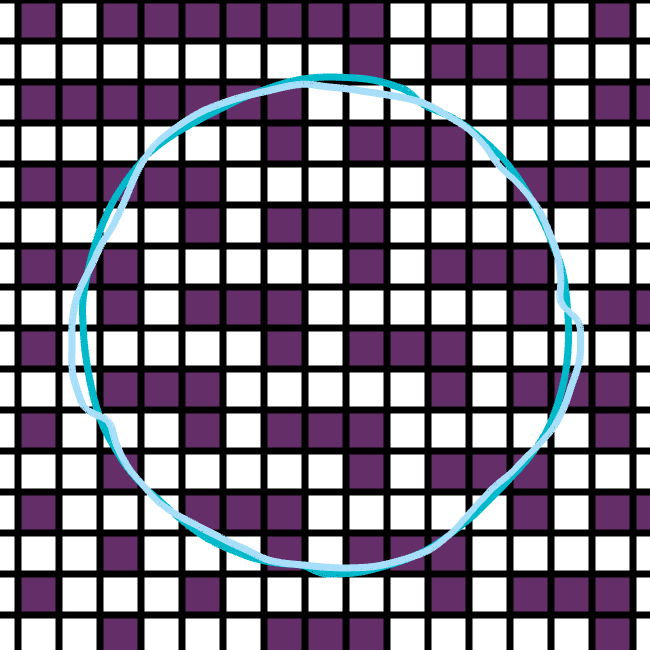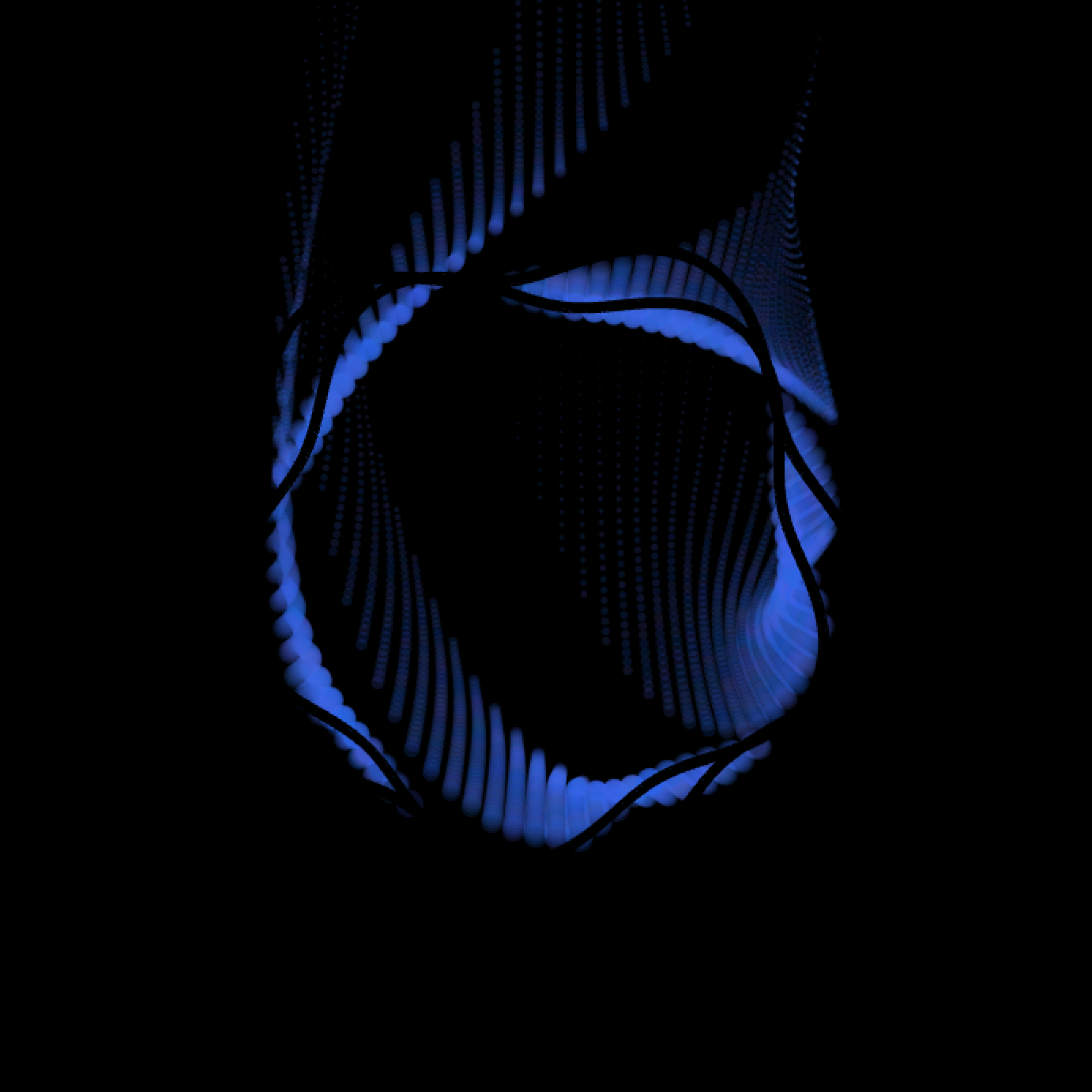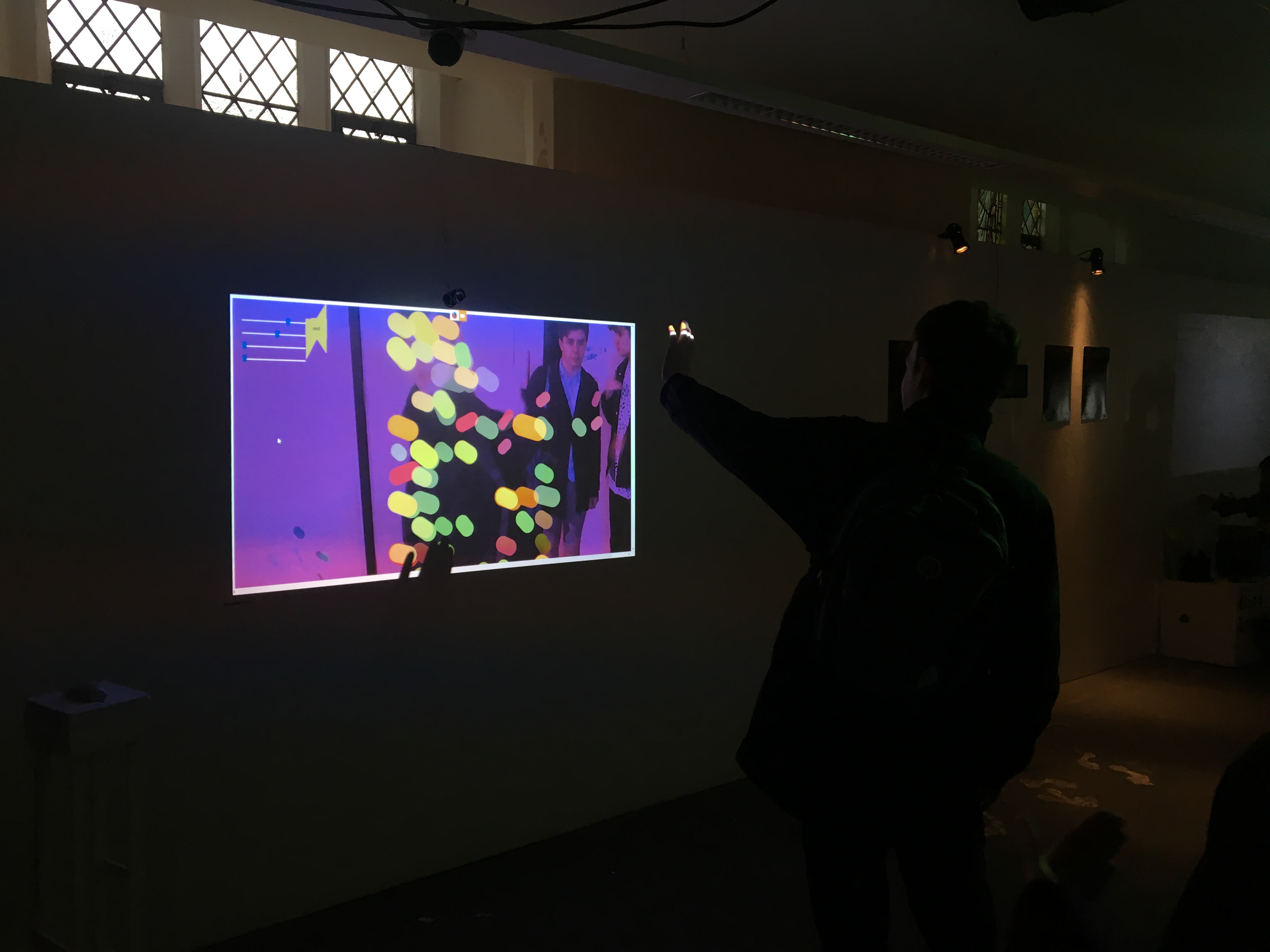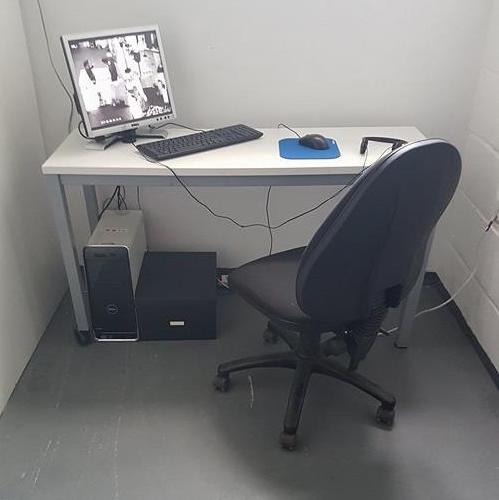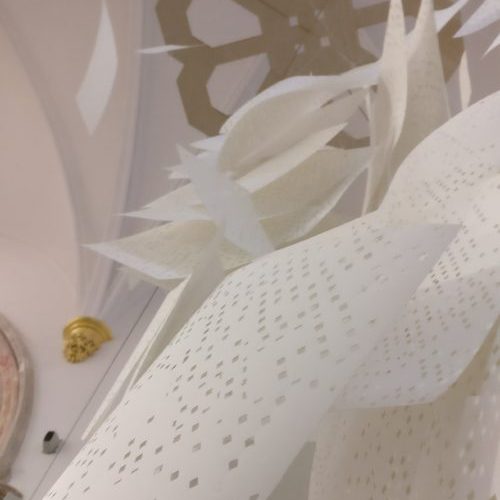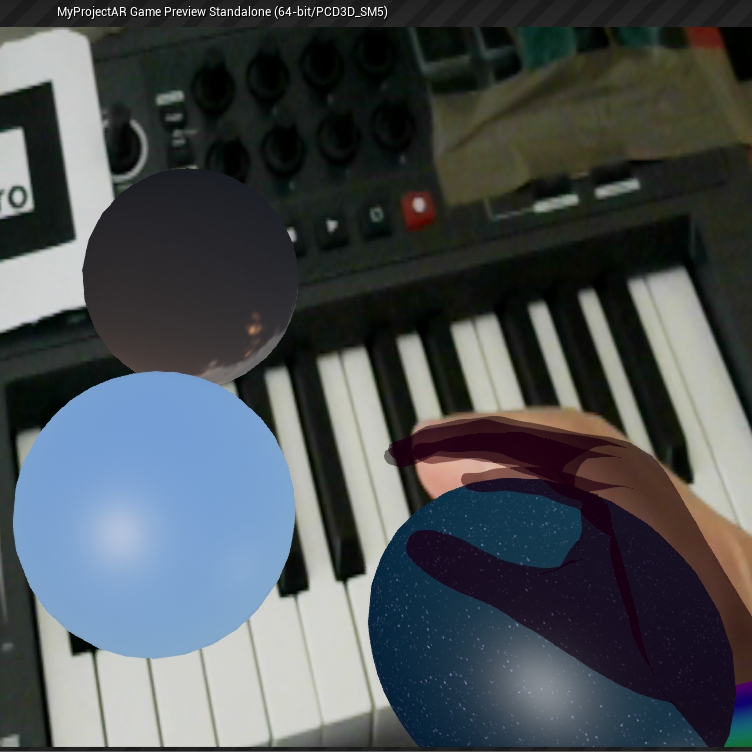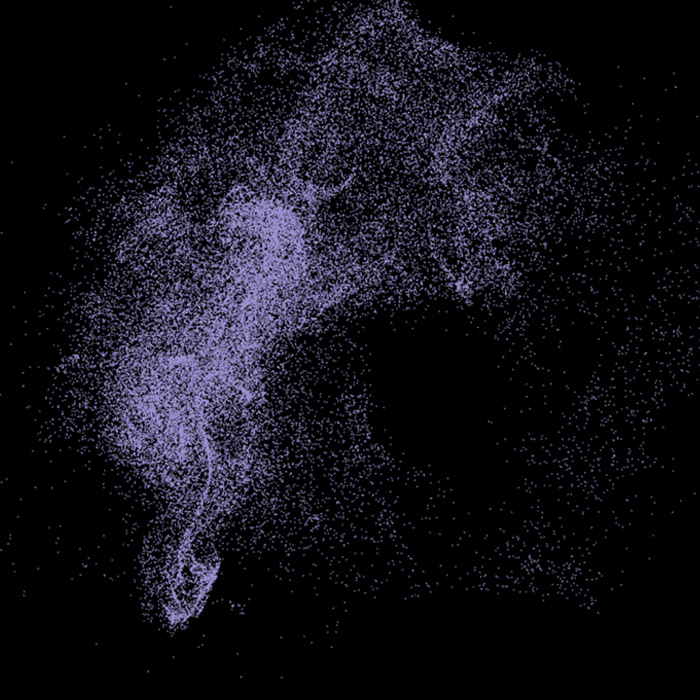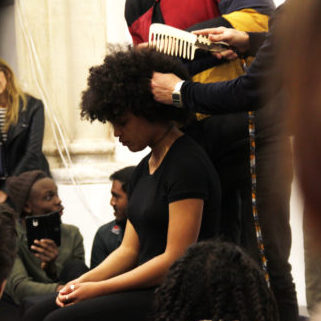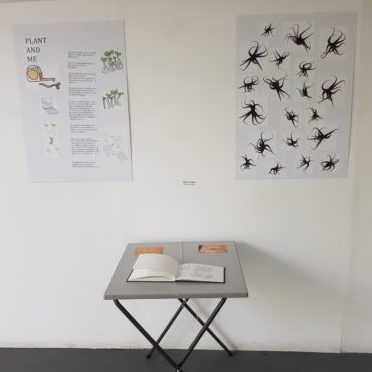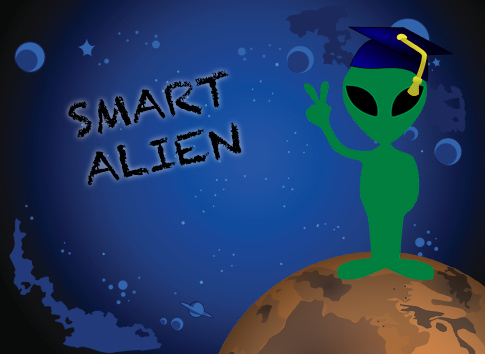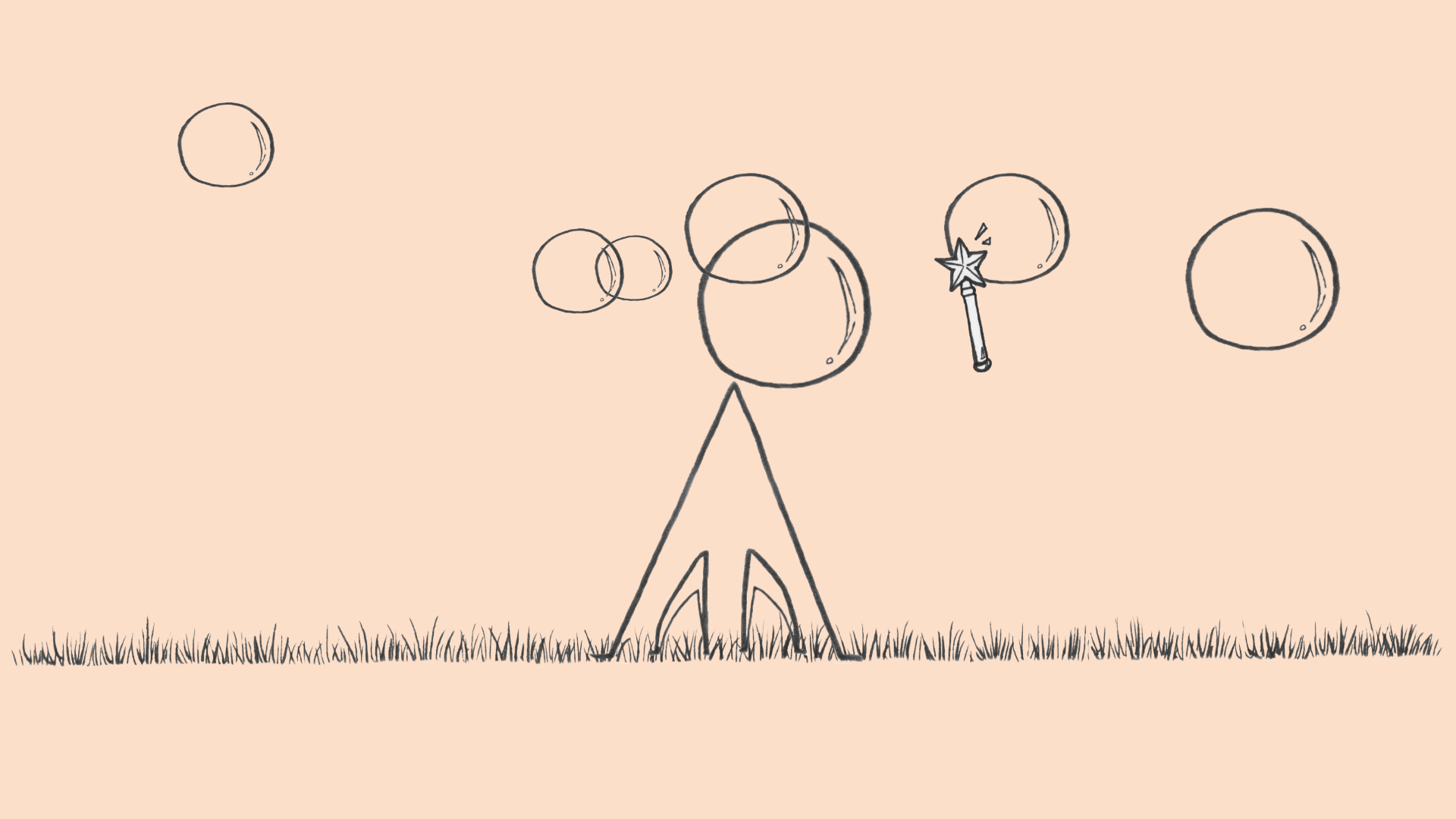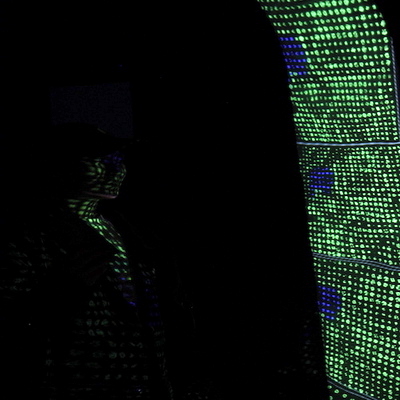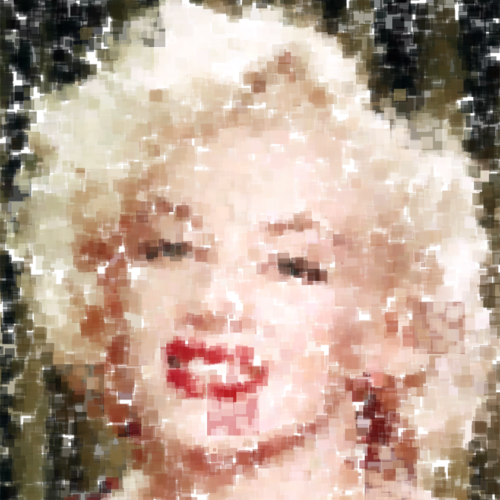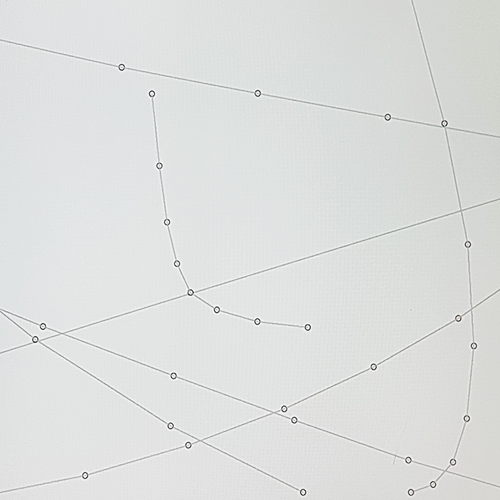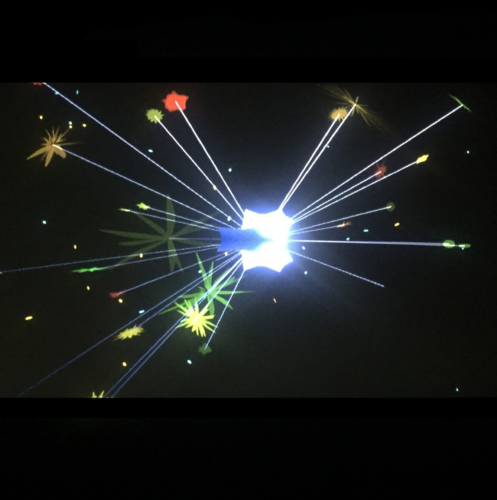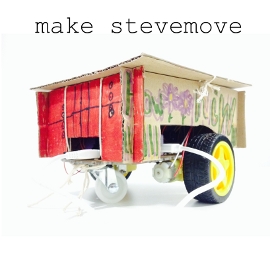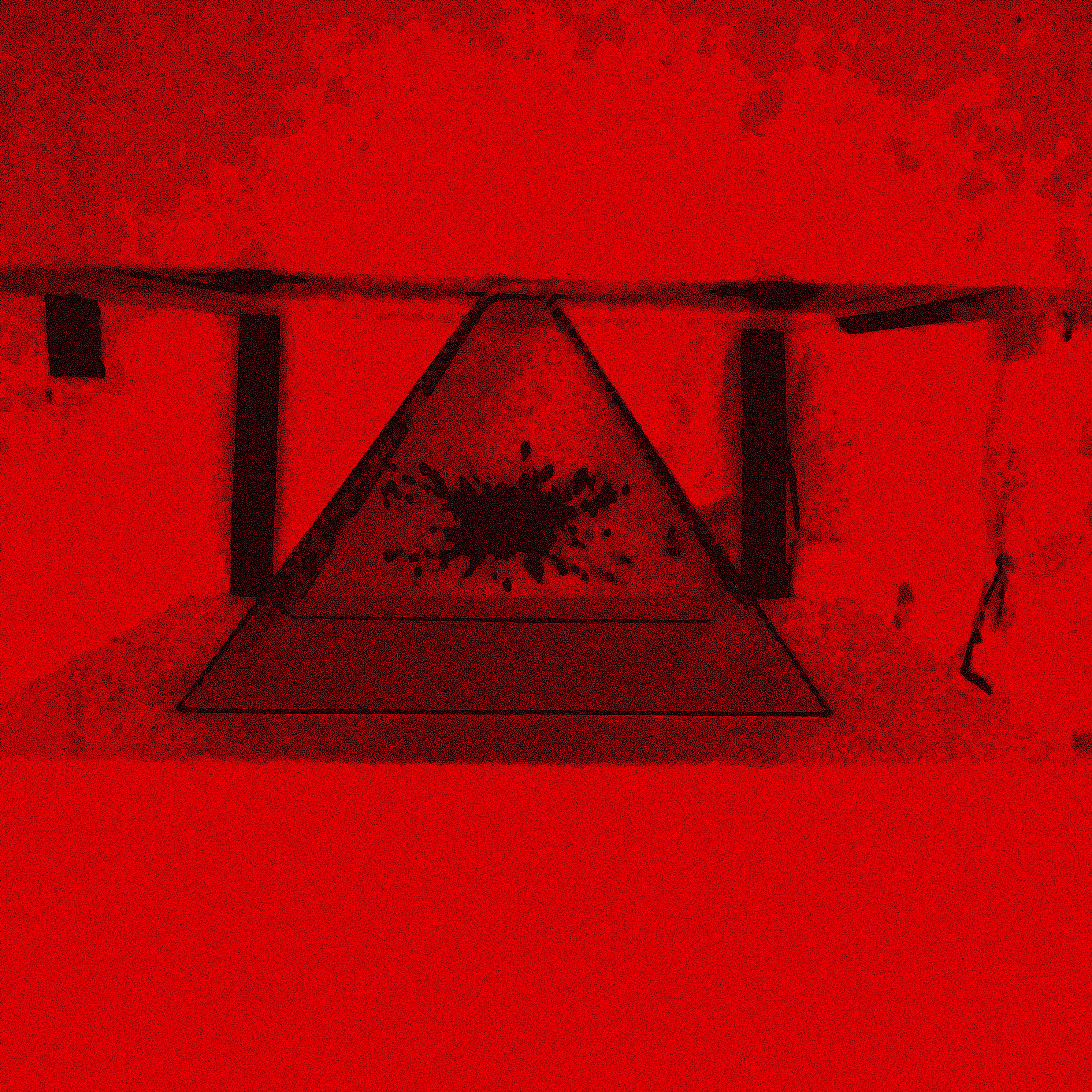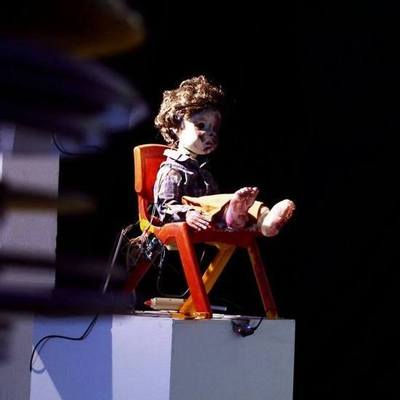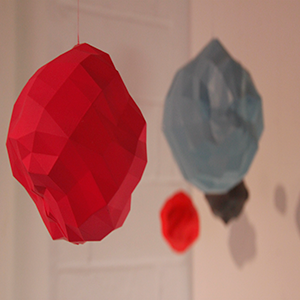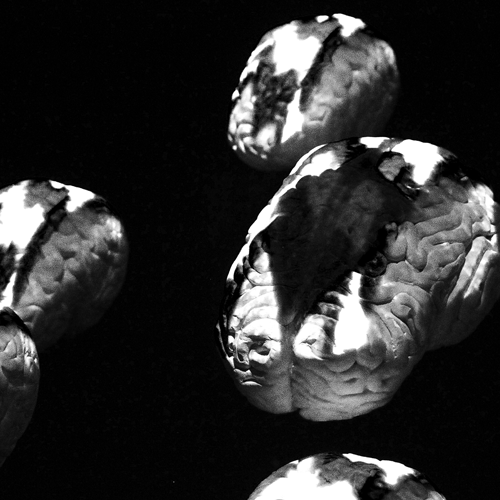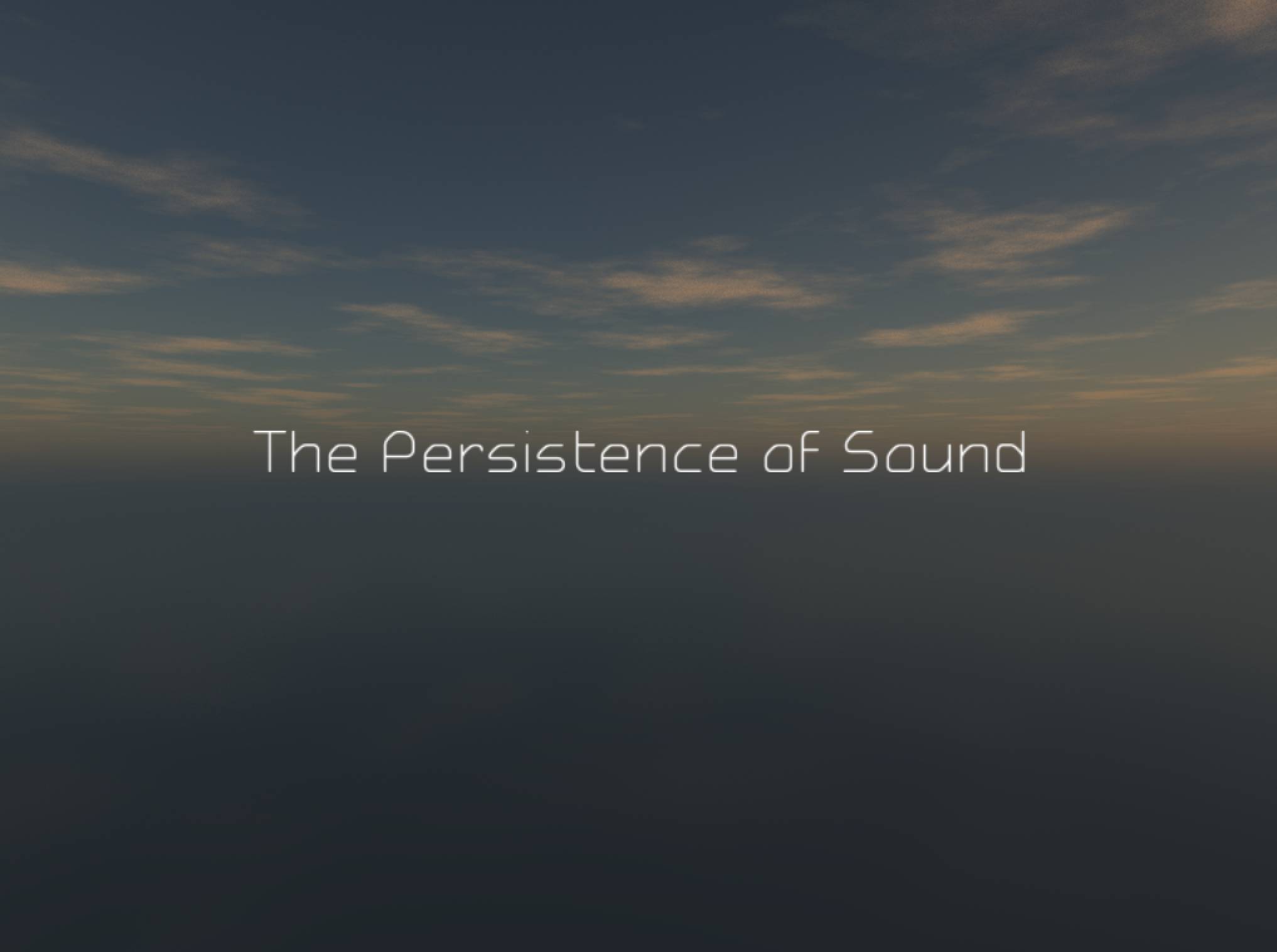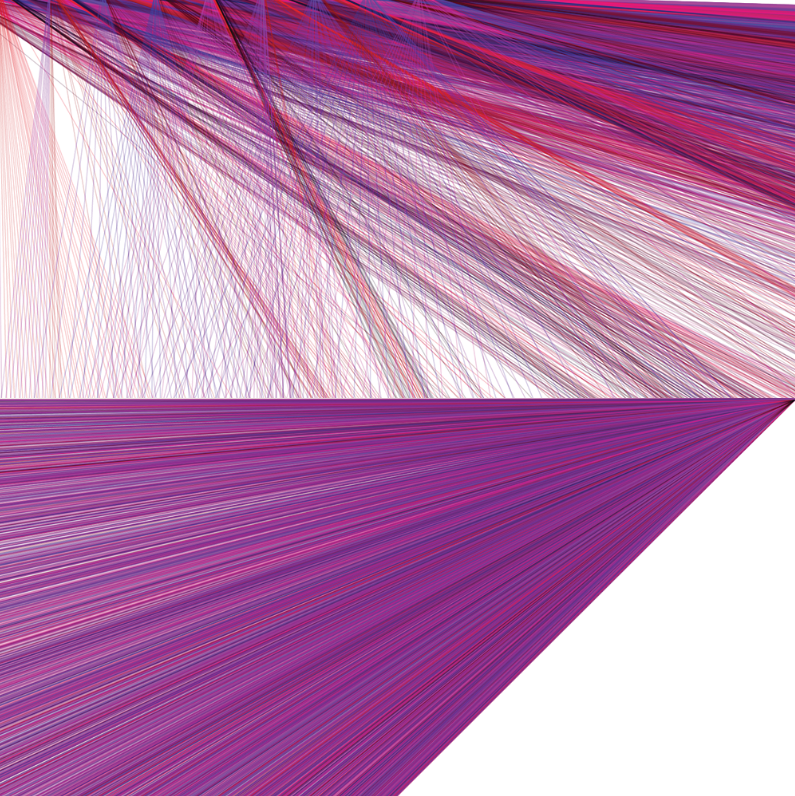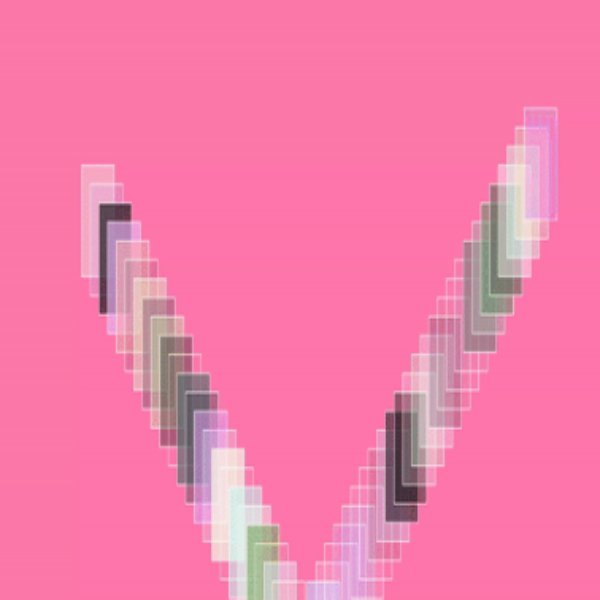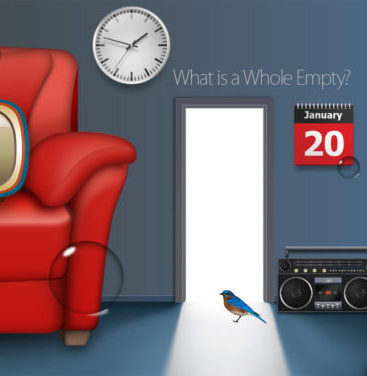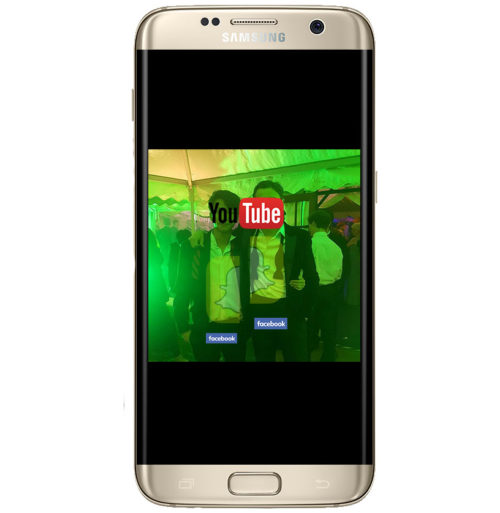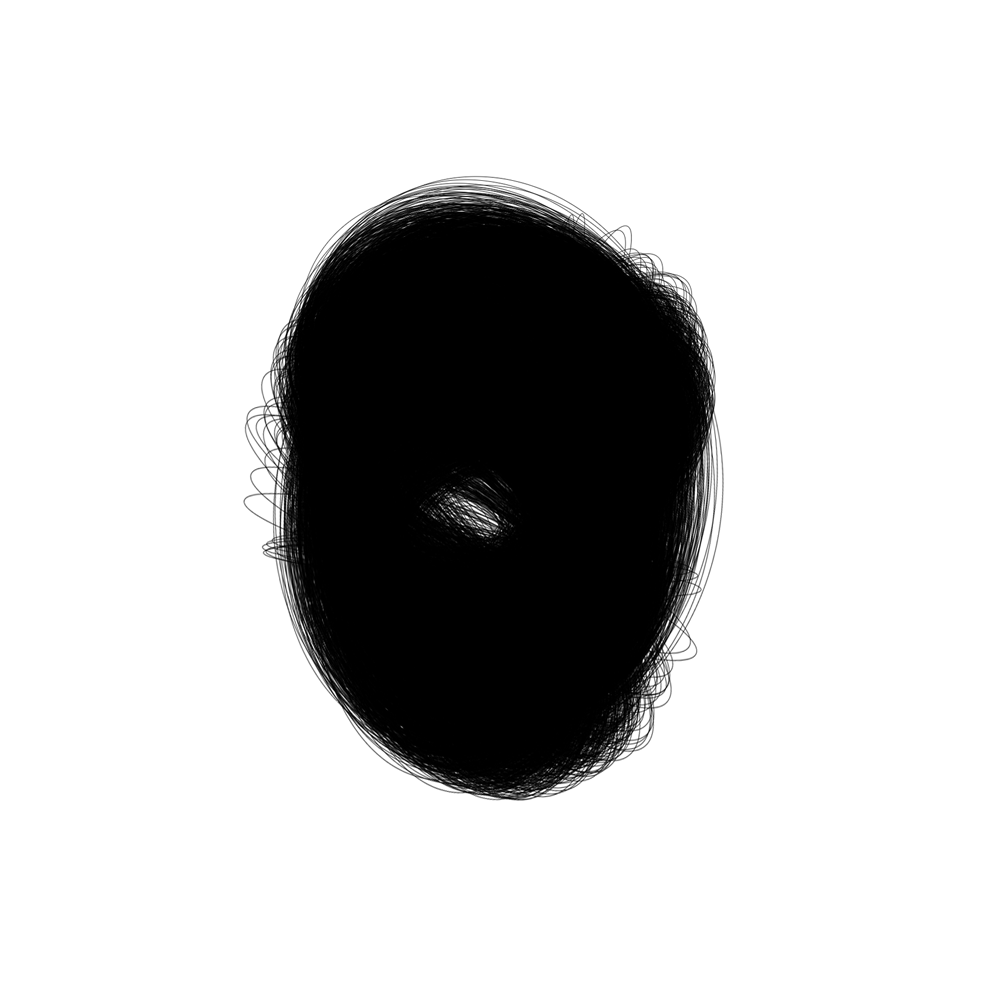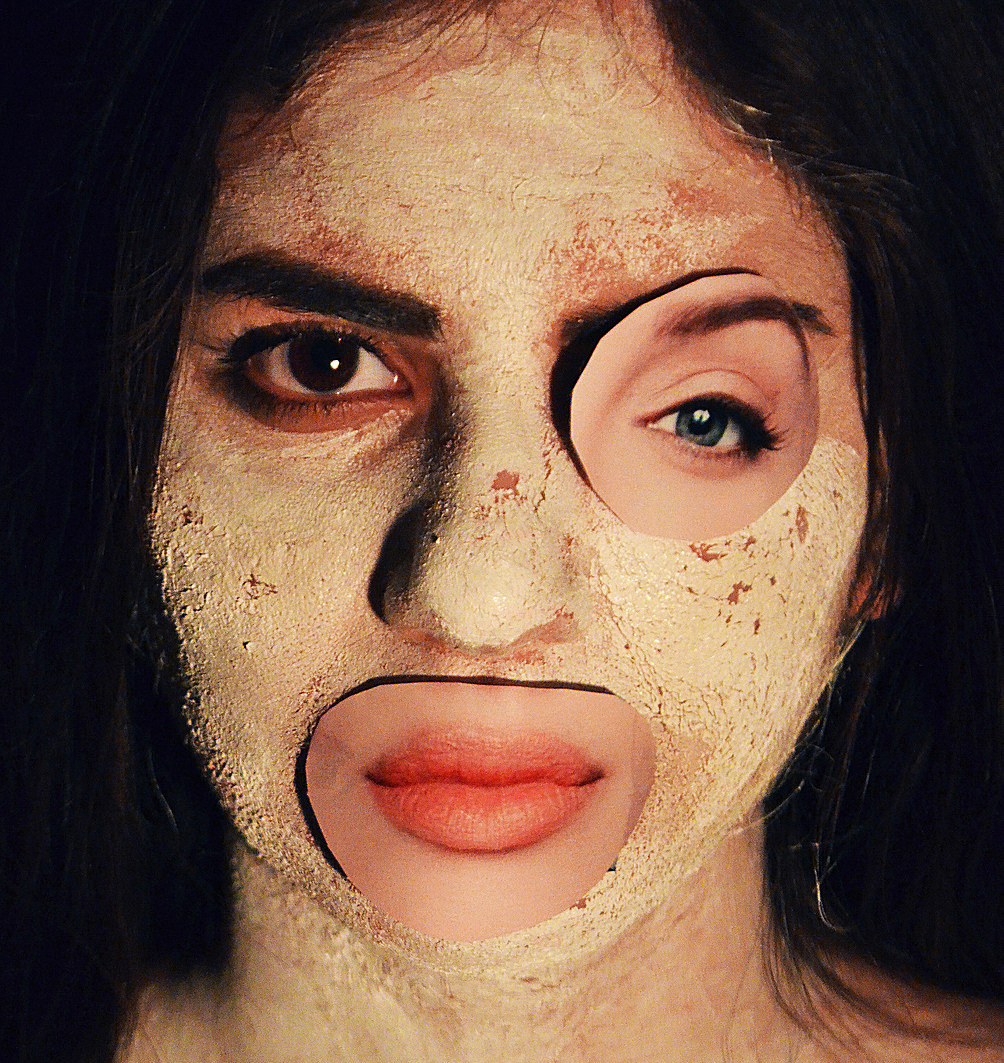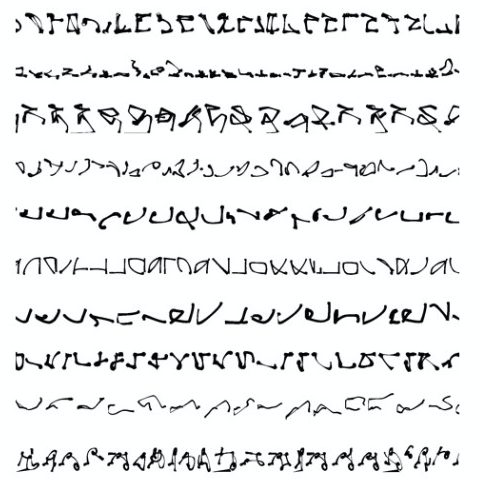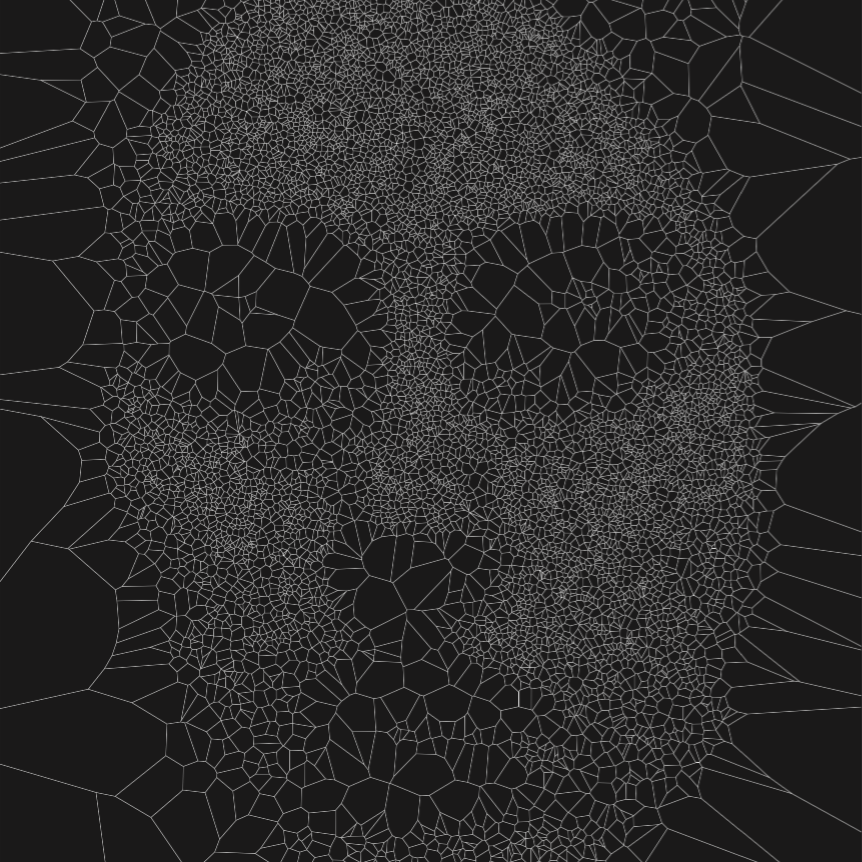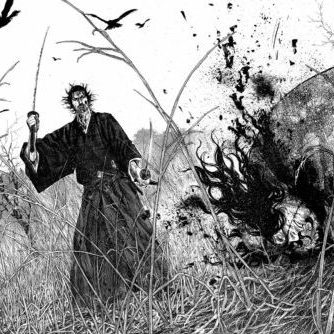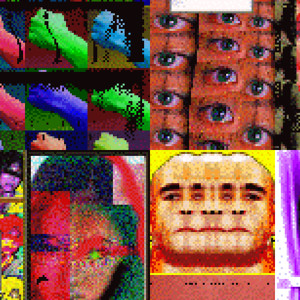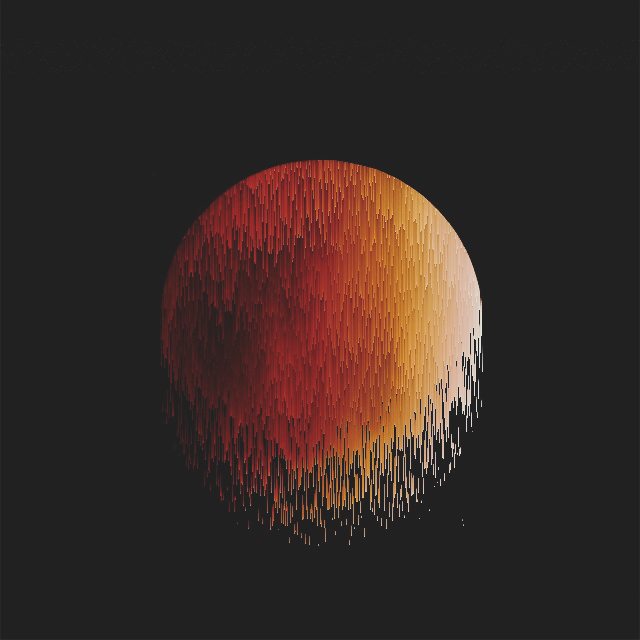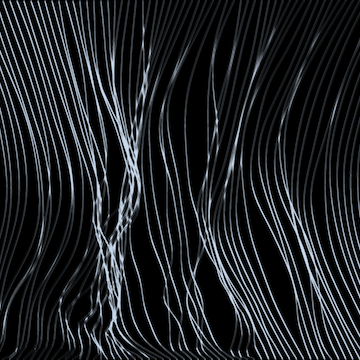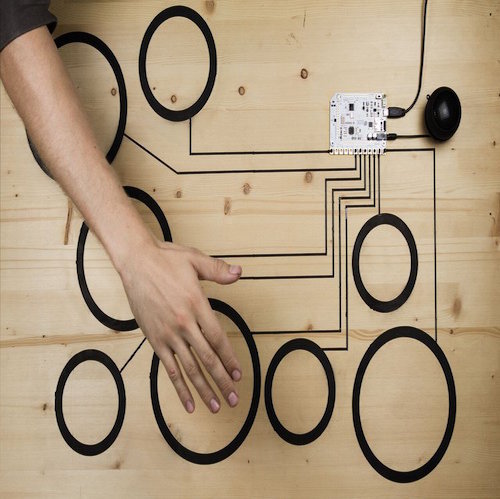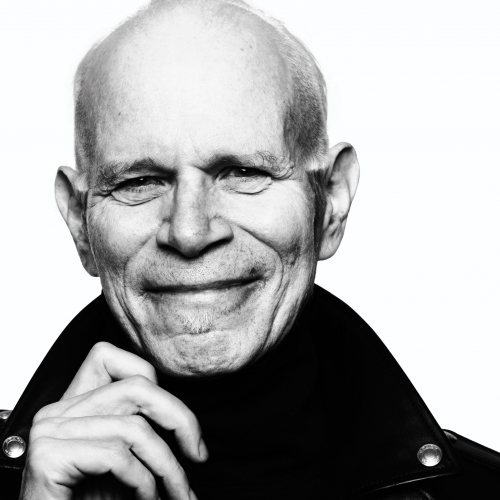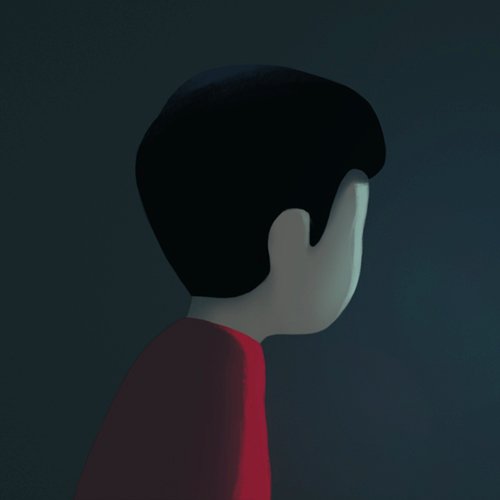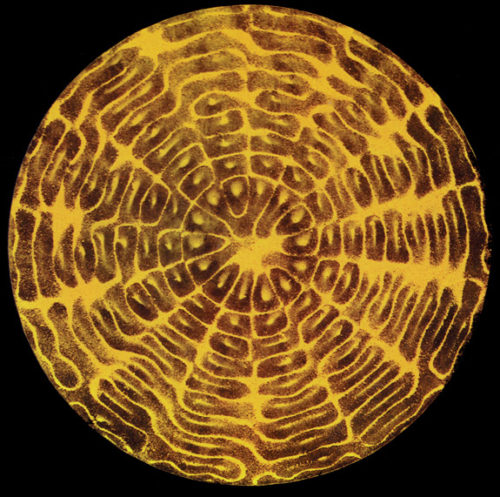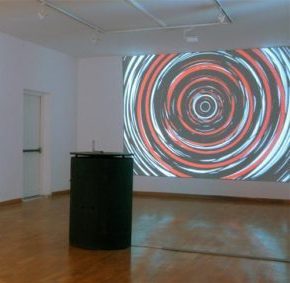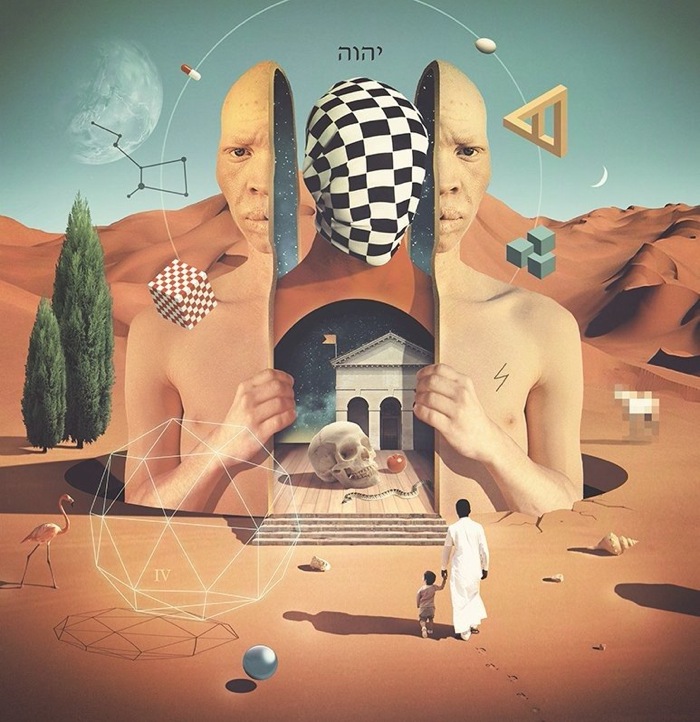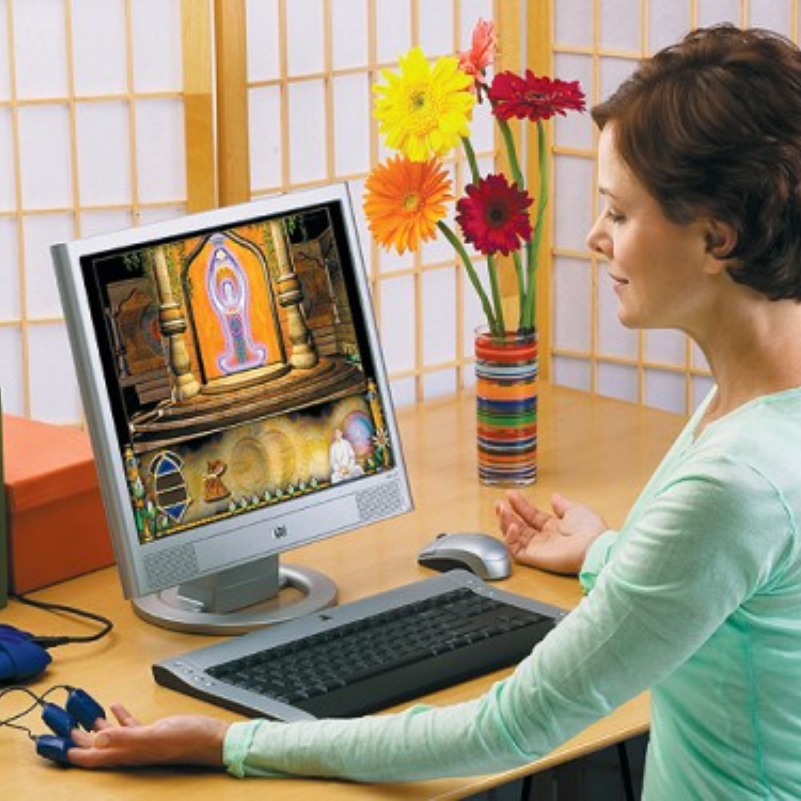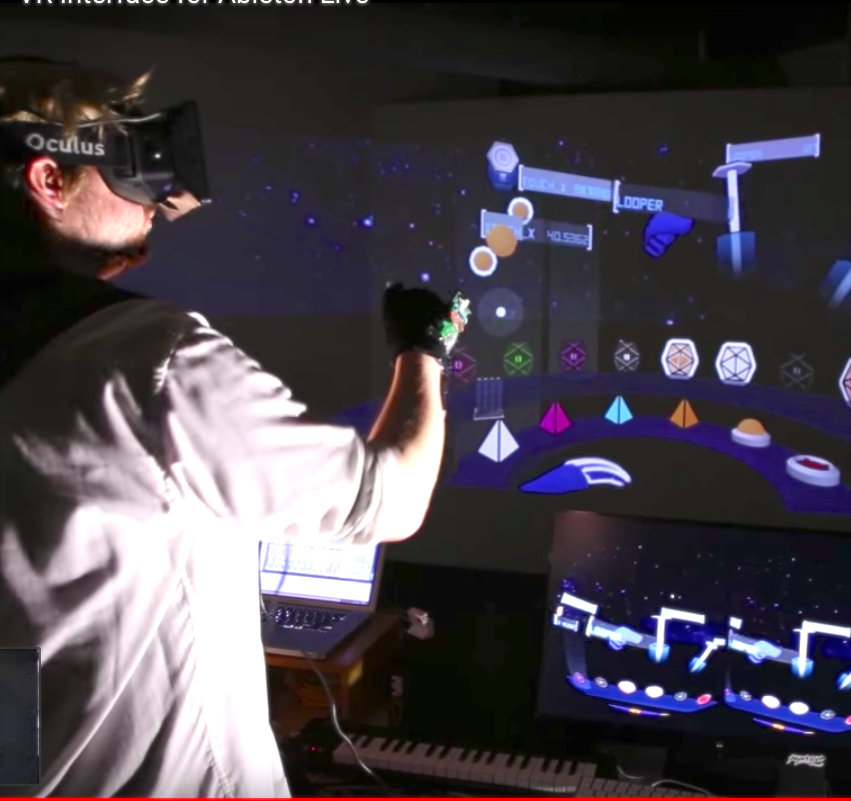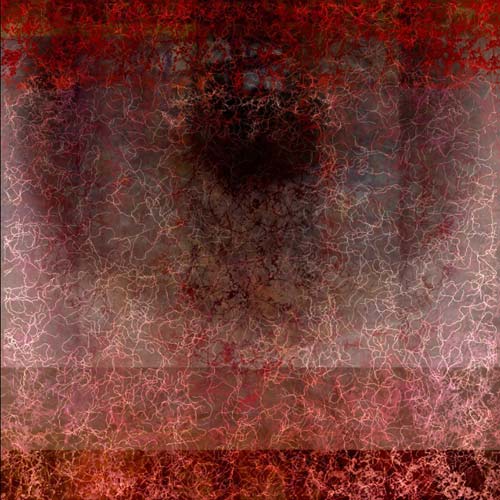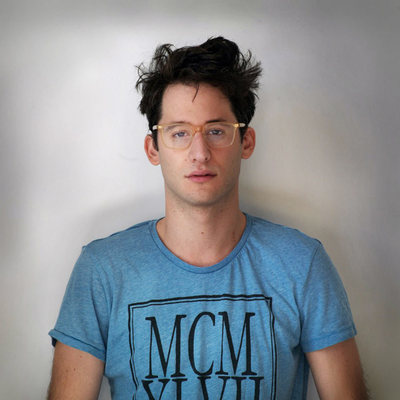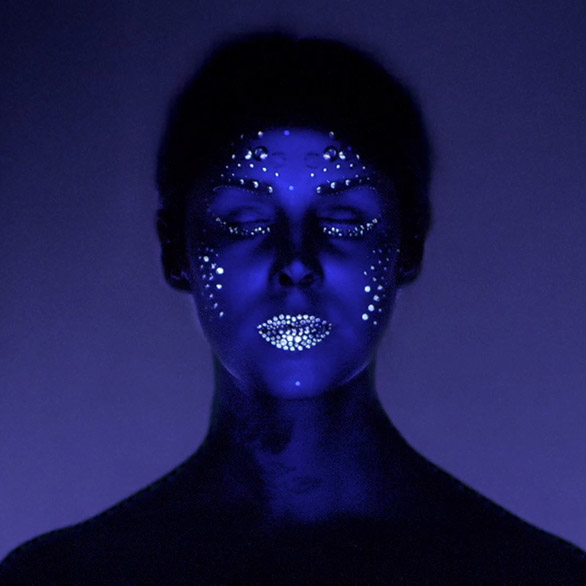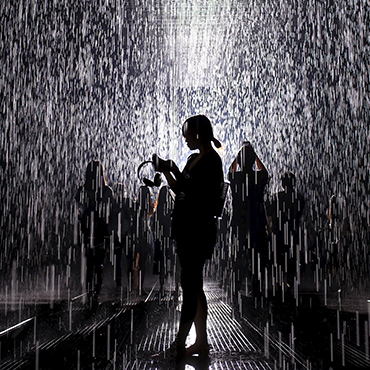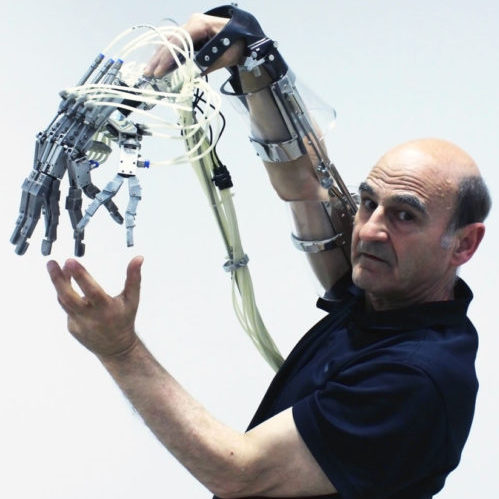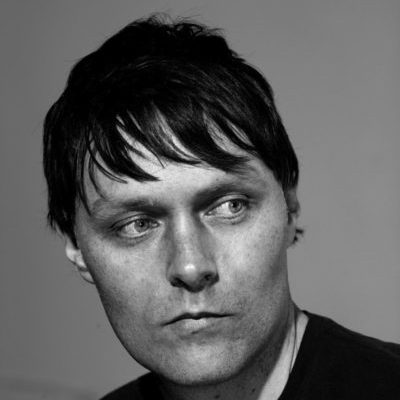

The Contemporary Witch
by: Isabella Celeste Maund
Introduction
Throughout human history ‘evil’ is a term which we apply to things we do not understand, things we are disgusted by, things that are other. We use the word very willingly when discussing various atrocities, both historical and contemporary, i.e. genocide, terror attacks, serial killers. What I am particularly interested in is the relationship between women and evil, culturally, historically and in religious texts and artwork.
The concept of women as other has been an underpinning cultural bias throughout modern history. And for this reason, this preconception is also reflected throughout the history of art, as well as in literature, culture, and societal norms. These cultural ‘models’ go back to ancient civilization and we see in both Greek and Roman civilization, a characterization of women as other, the temptress luring innocent men to their deaths (e.g. the Sirens in Odysseus), or the woman as the root of all society’s ills (e.g. Pandora and her eponymous box). Where and why did this social stereotyping arise, how could it have led to such inequality between the genders over time, and why is it also so often reflected in works of art?
In cultural and artistic terms, the women as other concept goes back to some of the very early beginnings of modern civilization. One only has to think of the biblical story of Adam and Eve to see that the Jewish tradition had women as the cause of the fall from grace and the start of the world’s ills. In other words, Eve was the original sinner and she was a woman. The well-known Greek myth of Pandoras box follows a similar narrative.
Pandora was the first woman on earth, created by Hephaestus under the orders of Zeus. In this story Pandora damns the world by opening a box in which all the evils of the world are contained. Her curiosity is what leads her to unleashing these ills on to the world, i.e. natural disaster, death, famine etc.


The Witchcraft Acts
From these examples we can already notice a relationship between the portrayal of women and evil. After this brief history, we can look at this concept in a more contemporary context. If we fast-forward to the Renaissance era, we can focus on the widespread belief of the existence of witchcraft. It is believed that during this period over 100,000 individuals were accused of acts of witchery, and over 35,000 of these individuals were persecuted for their alleged flirtations with the devil [1]. During this time it was believed that witches could control the world around them, particularly fertility and male impotence. Izabella Scott of The White Review stated that perhaps these suspicions reveal more about the patriarchal anxieties surrounding the female body and its 'powers', rather than the women themselves [1].
In the United Kingdom there were a number of Witchcrafts Acts passed by government to control the behaviour of individuals who were believed to be practising witches. In 1562 practicing witchcraft was made a capital offence [2]. Although it was not only women who were persecuted, it was definitely more common for women to be those under suspicion. You were considered dangerous simply by talking to and building friendships with other women, exchanging recipes and remedies. Any woman could be tried as a witch, if you were helping the poor, if you birthed disabled children, if you were successful, etc. Women who did not maintain the cleanliness of their homes were named slovens, which is where the term slut also originated [3]. An interesting example of a real trial that took place, was that of Jacobe Felicie. She was a woman who was tried for practicing medicine, an act that was severely frowned upon. She was convicted for her ability to heal, and she was at the end of her trial condemned for acting like a man. Anyone who behaved differently than what the 'prevailing culture demanded could be be tried and convicted of witchcraft' [3].
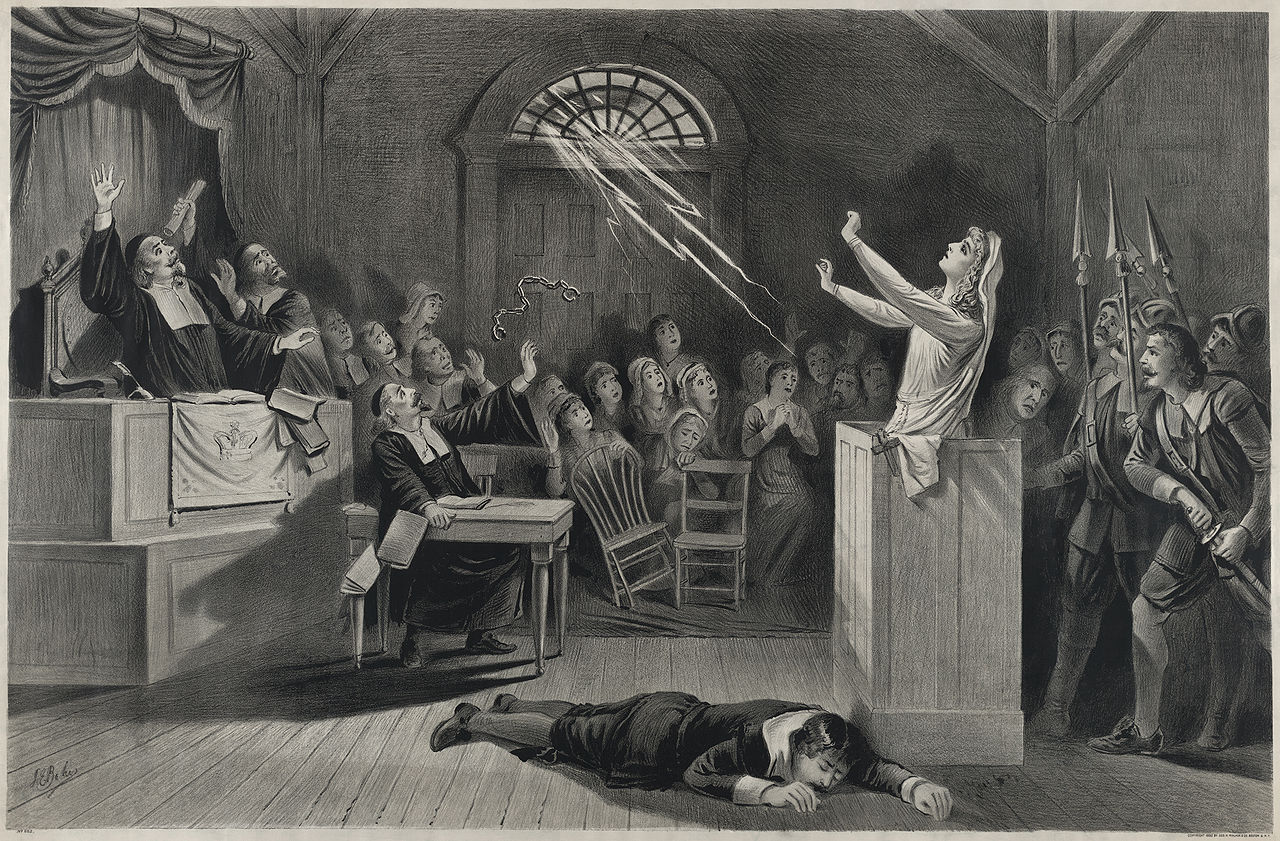

Witches as a Feminist Icon
Scott claims that the witch trials highlight the patriarchal suppression of female 'power' and the female body. Due to this witches remain an icon today after 19th and 20th century women liberation movements turned to these burnings as a symbol of oppression [1]. Matilda Gage, an early suffragist, wrote about the witch trials in the context of feminism in her book Woman, Church and the State [1]. Women's liberation group WITCH, founded in the 1960s in New York often drew inspiration from Wiccan practices and performed live hexes and dances in front of Wall street. WITCH was an acronym for Womens international terrorist conspiracy from hell, and members often dressed up in costume whilst performing and protesting [1].
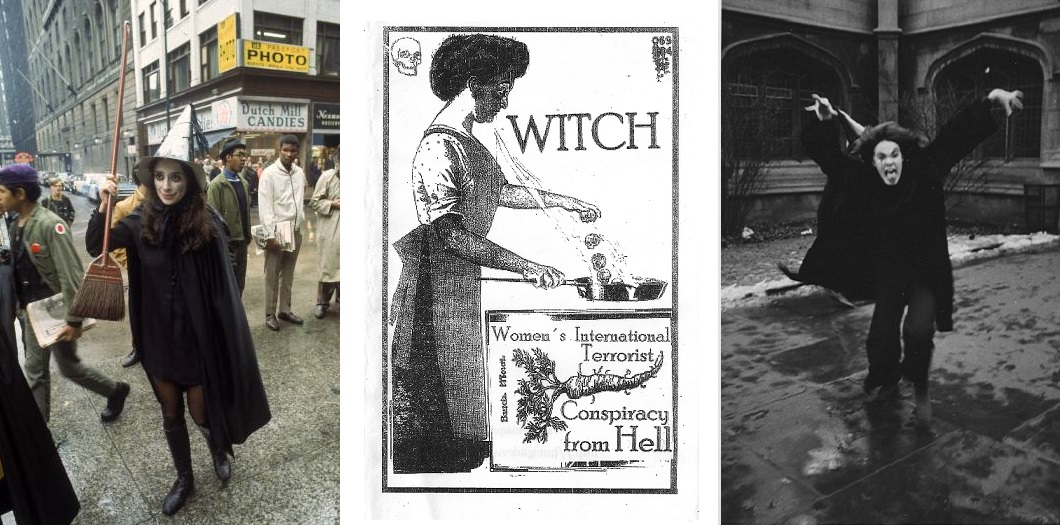

Why are women persecuted for existing outside the socio-sexual norm?
“Woman has ovaries, a uterus: these peculiarities imprison her in her subjectivity, circumscribe her within the limits of her own nature. It is often said that she thinks with her glands. Man superbly ignores the fact that his anatomy also includes glands, such as the testicles, and that they secrete hormones. He thinks of his body as a direct and normal connection with the world, which he believes he apprehends objectively, whereas he regards the body of woman as a hindrance, a prison, weighed down by everything peculiar to it.” Women as Other, Simone de Beauvoir, 1949 [4].
According to witchcraft scholar, Kirsten Korvette, the witch is both a 'victim and victor'. Korvette believes that the witch has become a feminist icon due to the fact that many women can relate to her, Korvette explains that this is due to the large spectrum of persecution and power they have experienced. Korvette stated that, “Young women in particular are looking for an archetype outside the tired virgin/whore binary that we’re offered, and the witch can do just that [5].”
Pam Grossman, another witchcraft scholar who specializes in magical practise and magical history stated that she believes that the witch is self possessed, and this is a concept that many women can relate to [5]. She stated that, “Traditionally female archetypes get power from other people. Think about things like the mother, the queen, the daughter — these are all lovely archetypes for women, and yet they’re deriving their power from their relation to other people, whereas the witch, she has power unto herself. She perhaps draws power from something greater than herself or from nature, but it’s really coming from within herself. It’s not because it’s in relation to someone else. She’s self-defining in the same way women are defining themselves today [5].”
There are many reasons why women are seen as other, perhaps it has to do with our sexuality, our fertility or maybe our ability to bleed monthly without death. Women are often portrayed as mystical, and due to this there is a lot of misinformaiton. One way to move away from patriarchal views on women is to educate. Annie Sprinkle addresses this in her performance piece Public Cervix Announcement, in which she displays her cervix and allows the audience to approach one at a time to view it.
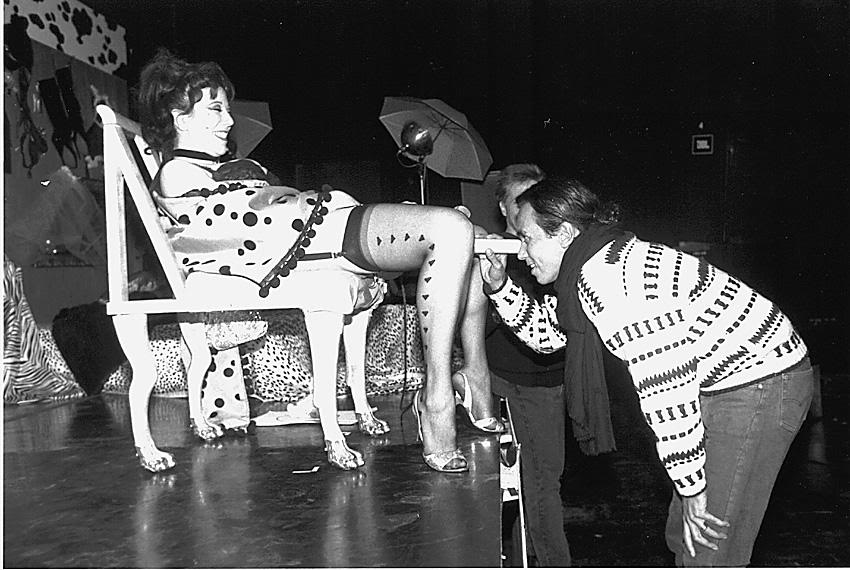

Public Cervix Announcement - Annie Sprinkle (1992)
Although this piece has been credited with demystifying the female body, Annie Sprinkle does not agree. She stated that, “There are those who say my purpose is to “demystify the female body”, but that is an impossibility. The female body will always be a very great mystery, no matter how many you see or how much knowledge you achieve [6].”
Conclusion
This research has allowed me to delve deeper into what it means to be a feminist and a woman in the 21st Centry. I am strongly drawn to occult aesthetics and have always felt connection to the quote, “We are the granddaughters of the witches you could not burn”. For my creative project I would like to explore our understanding of the contemporary witch and the position of women in society today. Witches are strongly associated with occult themes, and I hope to further investigate the relationship between this and certain genres of music. I am an avid member of the black and doom metal scene, and this genre of music often has occult lyrics and imagery and band names like coven, darkthrone, etc. I would like to celebrate the influence and participation that women have had in defining our understanding of the occult and evil today. In terms of a final piece, I would like to focus on experimenting with creating physical objects, and combining them with interaction and performance art. To log my aesthetic and thematic interests I have created a tumblr page, which I will continue to update throughout my project. On this page I plan to carry out several mini projects that will aid with my final piece. Tumblr: Celestial Witch 999.
References
[1] Why Witchcraft is making a comeback in art - Izabella Scott
[2] Witches in Britain - Ellen Castelow
[3] If being a witch means forging one's own path, I too am a witch - Ruby Hamad
[4] Simone De Beauvoir on Woman as Other
[5] Why The Witch Is The Ultimate Feminist Icon - Ryan Buxton
[6] Public Cervix Announcement - Annie Sprinkle
Further references
On Evil:
The Concept of Evil - Todd Calder
Witches and Feminism:
Season of the witch: why young women are flocking to the ancient craft - Sady Doyle
Witches and Medicine:
What witches have to do with women’s health - Soraya Chemaly
Our Bodies, Our Lives! Feminist Health, Healing and Herbs - Do or Die Magazine, Issue 10
W.I.T.C.H Womens Liberation Movement:
BRING BACK THE FEMINISTS OF W.I.T.C.H. (WOMEN’S INTERNATIONAL TERRORIST CONSPIRACY FROMHELL)!
Film Trailer -Shes Beautiful when she's Angry
Why Witchcraft is making a comeback in art - Izabella Scott
Witches in History:
The Most Frightening Witches In Art History - Vincze Miklós
Witches in Britain - Ellen Castelow
Surprise artwork pops up for witches on Pendle Hill - Martin Wainwright
Witches & Wicked Bodies, Scottish National Gallery of Modern Art - Richard Dorment


